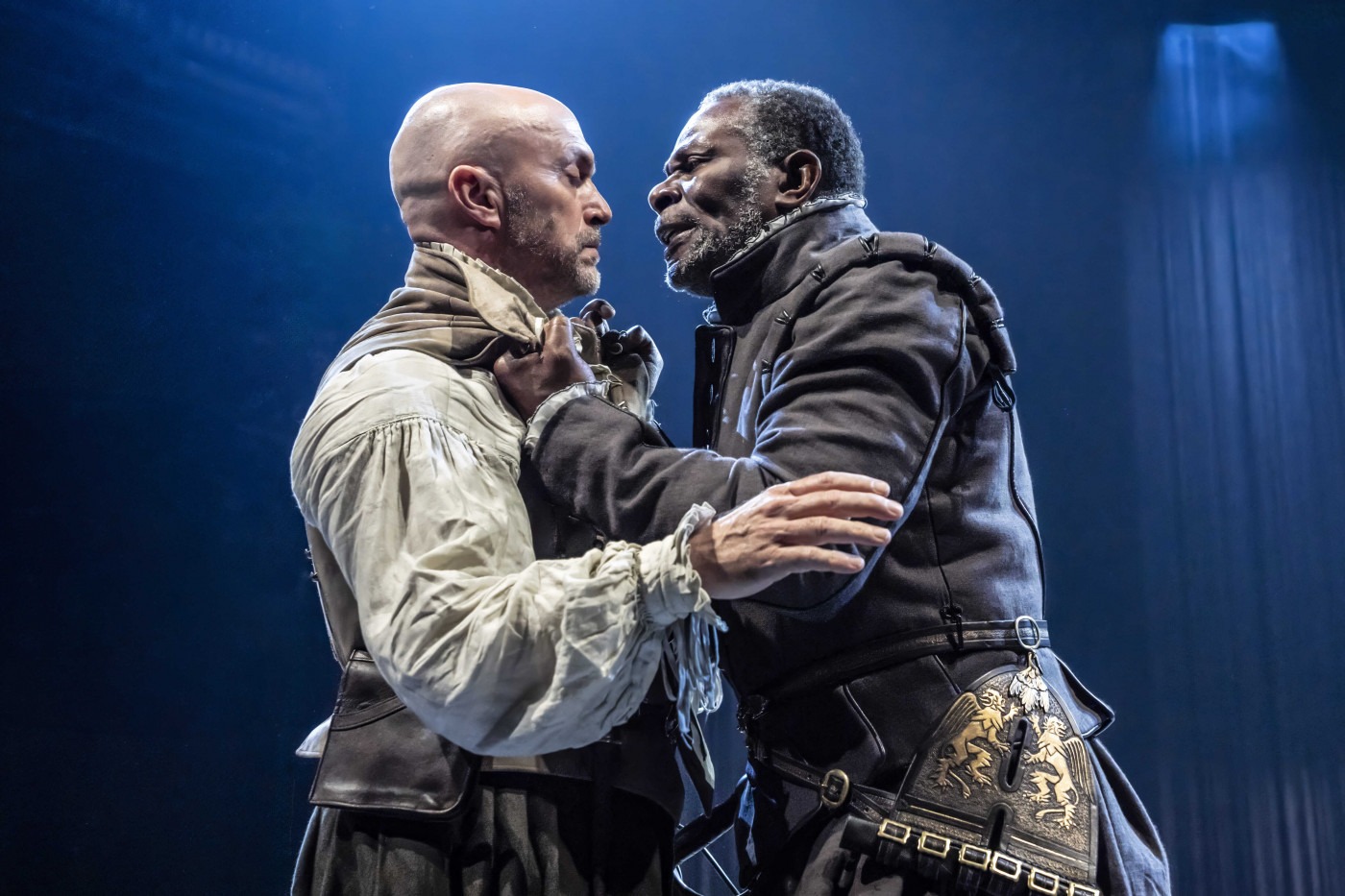Othello at the RSC: Stripped down to basics, but with a modern touch
When adapting Shakespeare for modern audiences, directors are faced with the gargantuan task of presenting a fresh spin on a piece of literature that not only has existed for centuries, but forms the bedrock of culture in British theatre. While many decide to reappropriate the material with a modern setting, context, and style, sometimes to bizarre effect, Tim Carroll, the director of the latest edition of Othello at the Royal Shakespeare Company, instead chose to stay refreshingly true to the original.
With a minimal, stripped-back and raw approach to the source material, the performance allowed the unfolding drama and tension to breathe and simmer to the surface
The experience of being in the home of Shakespeare, treated to a production led by actors in full-period dress of the 17th century, was one that felt special and meaningful in an age when such productions are increasingly rare. With a minimal, stripped-back and raw approach to the source material, the performance allowed the unfolding drama and tension to breathe and simmer to the surface. The minimalist set design, staging and direction lent itself well to the growing sense of dread in the play – there were no overly choreographed fight scenes, or characters turned into caricatures, as so often can happen when adapting Shakespeare. Instead, an eerie chorus opens the show and leers over key moments of the play, giving the impression of a funeral procession as the tragedy tumbles toward its fatal final act.
The stage, for the most part, is bare and empty, with the main set-piece being a prison of LED strips that ultimately serve as the site of the deadly femicide that confirms Othello’s downfall. The acting and movement is subtle and restrained, allowing the language to flourish and the actors to truly earn their flowers with understated, measured performances. From the outset, it carried a sense of gravitas and foreboding that continued to swell right into the second half. The play’s conversations of race are left untreated, rather, the production focuses on the flaws of human fatality and reprises love and belonging.
Will Keen provides the most magnetic performance with his portrayal of Iago
John Douglas Thompson’s portrayal of Othello balances a calm demeanour with careful precision. His performance begins with a regal precision which is overshadowed by an insatiable unravelling into jealousy and hysteria. As Othello’s world crumbles, Thompson strips away the layers of costume and weaponry to visually mirror his character’s loss of sanity and composure. Juliet Rylance introduces Desdemona with an ethereal innocence. Her costumes, a blend of soft whites and intricate beadwork, hint at purity, while the design veils her tragedy yet to come. Rylance’s performance climaxes before her character’s death. The stripped-down, raw vulnerability in Desdemona’s disrobing and preparation for her death bed, intertwined with Rylance’s singing, casts an air of melancholia. Lit in soft light, her bed is shrouded in light, frozen in the middle of the stage. Desdemona’s spectral presence haunts Othello until his end, inviting him into the afterlife.
Will Keen provides the most magnetic performance with his portrayal of Iago, drawing the audience inside his twisted psyche with a quiet, simmering malevolence. His cynical motives are voiced in various sinister and cunning soliloquies, entrapping the audience to await the events that transpire. Keen’s performance exudes restraint and menace through mostly hushed, almost whispered tones, making his manipulation of Othello a chilling watch. The temptation, when taking on the role of such a delicious villain, is often to play the character up to a level of camp and melodrama that undercuts the malice of their actions. Keen instead executes his role with the most precision and restraint. Whilst his eventual demise may leave a hint of dissatisfaction, Iago’s silent acceptance of his actions does not match the extent of his sins. Keen’s subtle and quiet performance of Iago carries the tension of play excellently.
In this production of Othello, Tim Caroll plays an instrument that is subtlety, delicately and intricately plucked at
A defining shift is brought to Carroll’s production, where he chooses to cast older, more mature actors. Traditionally portrayed by characters in their prime, Carroll’s Othello brings out a reflective side to the story, the tragedy hitting harder with the actor’s visible time and experience. Thompson’s older Othello, a seasoned general with lifelong experiences of exclusion, amplifies his character’s sense of isolation, making his jealousy and belief of betrayal feel tragically inevitable. Meanwhile, Keen’s Iago embodies a colder, calculated malice which has festered over time. His rage isn’t impulsive; it’s the measured fury of a man who has waited, watched, and held onto resentment for a long time. The question lingers: does his long-nurtured bitterness lend him a twisted justification?
In this production of Othello, Tim Caroll plays an instrument that is subtlety, delicately and intricately plucked at. In simplicity, Carroll’s rendition finds a haunting power, reminding the audience that the deepest truths of human experience require no embellishment.
Othello will run until 23 November at the Royal Shakespeare Company in Stratford-upon-Avon.

Comments